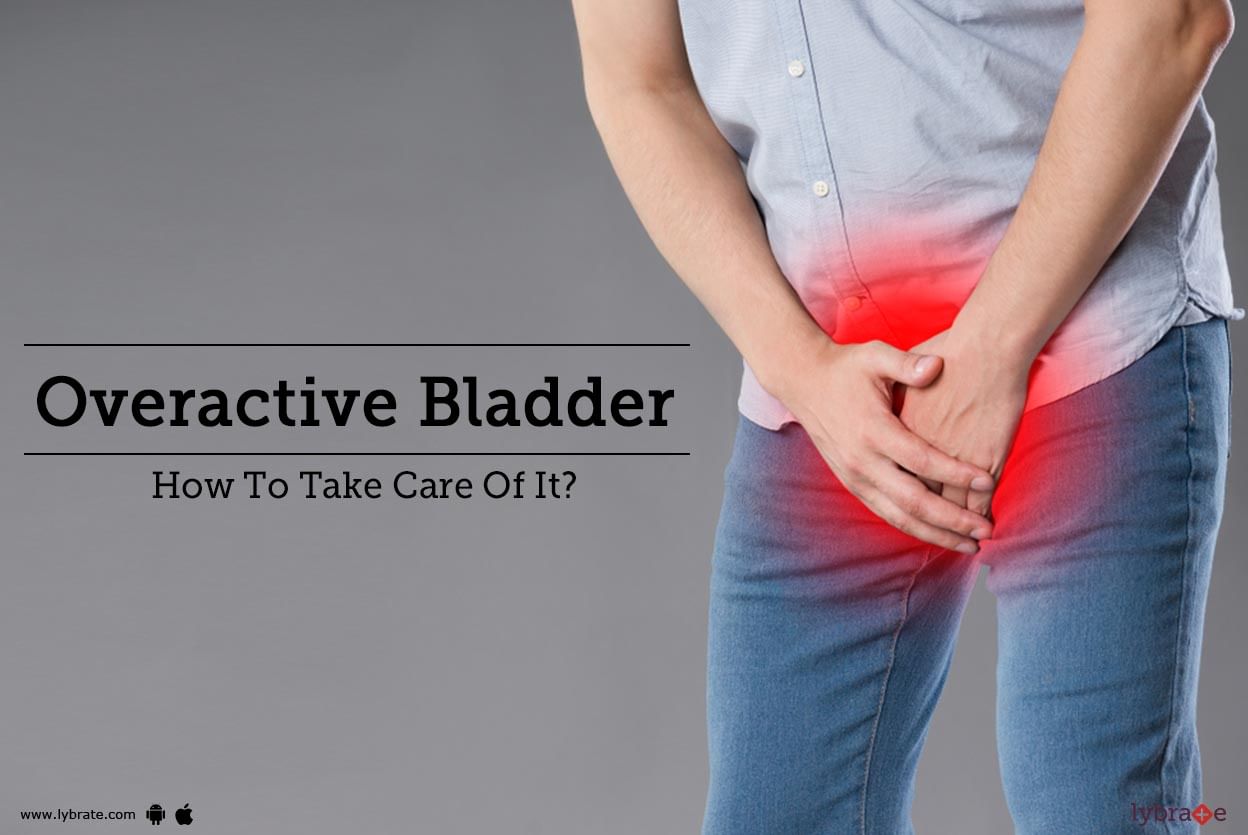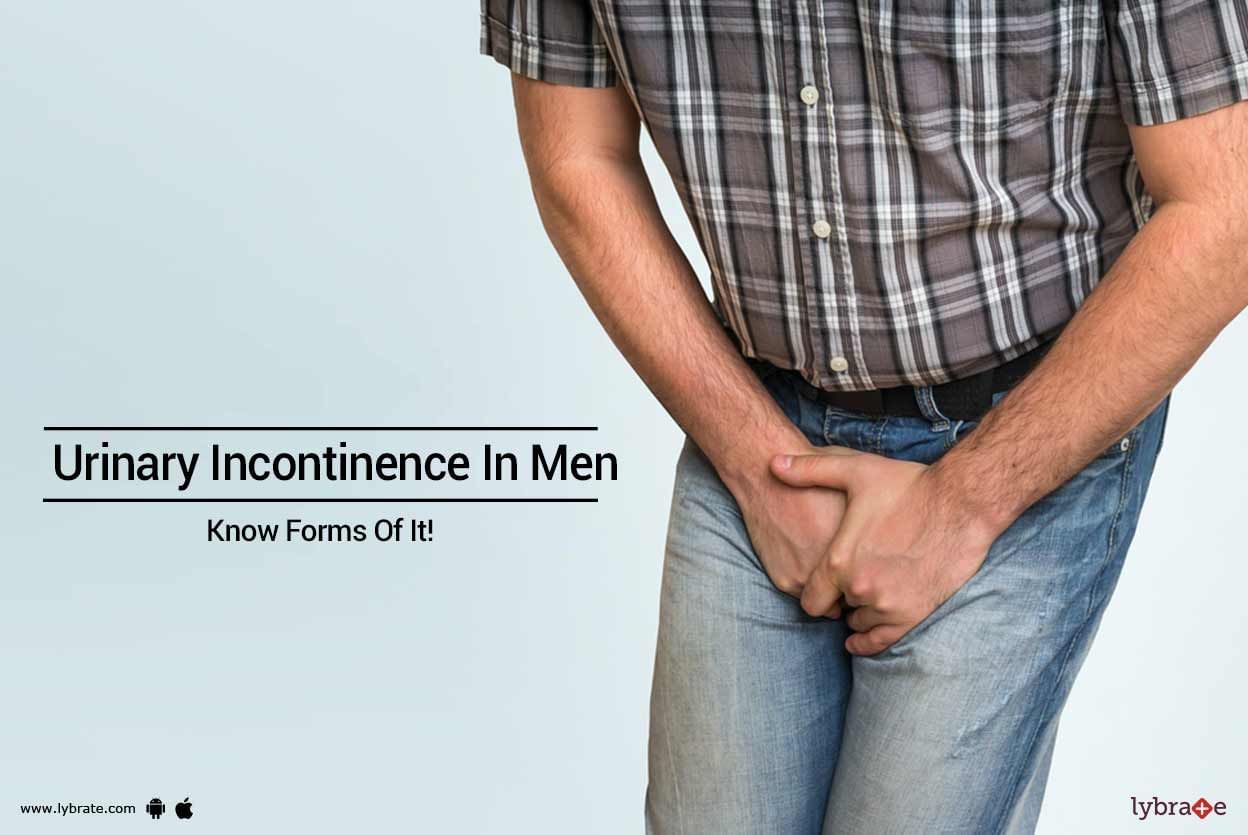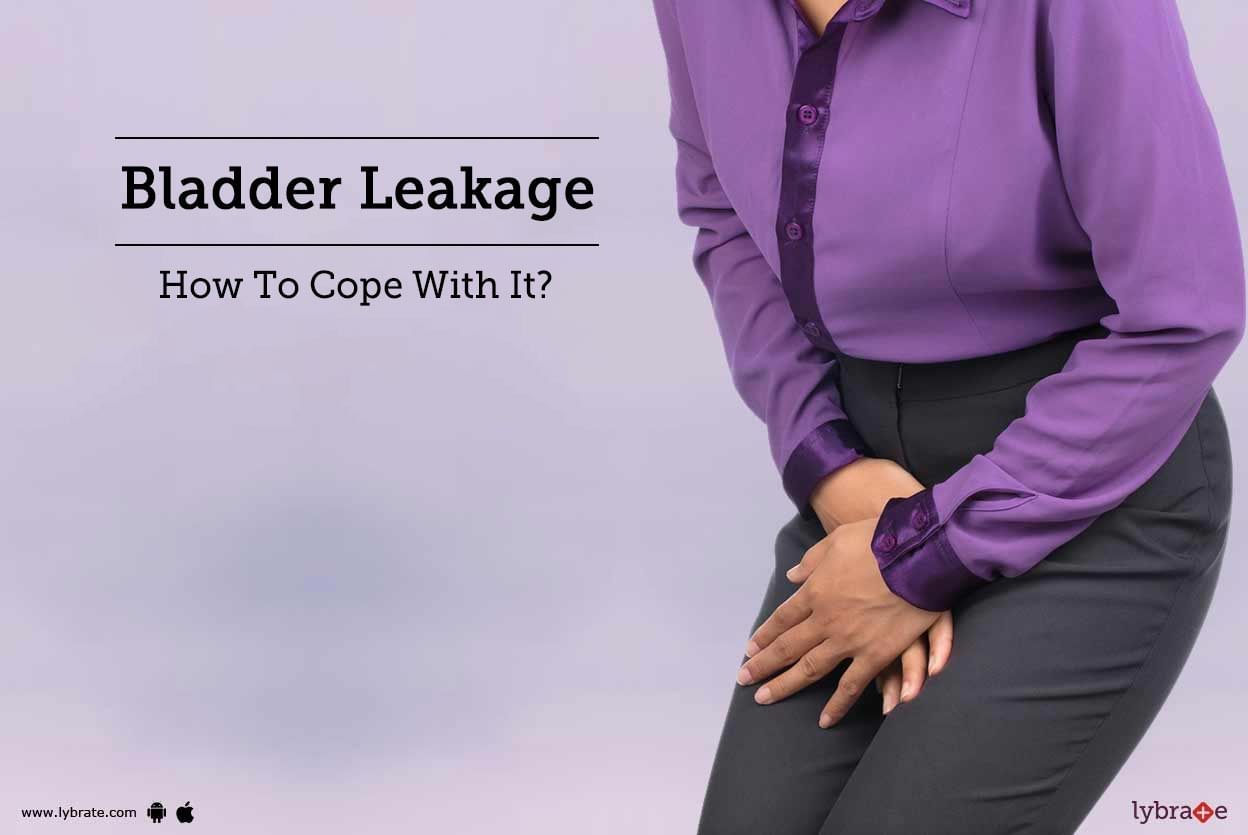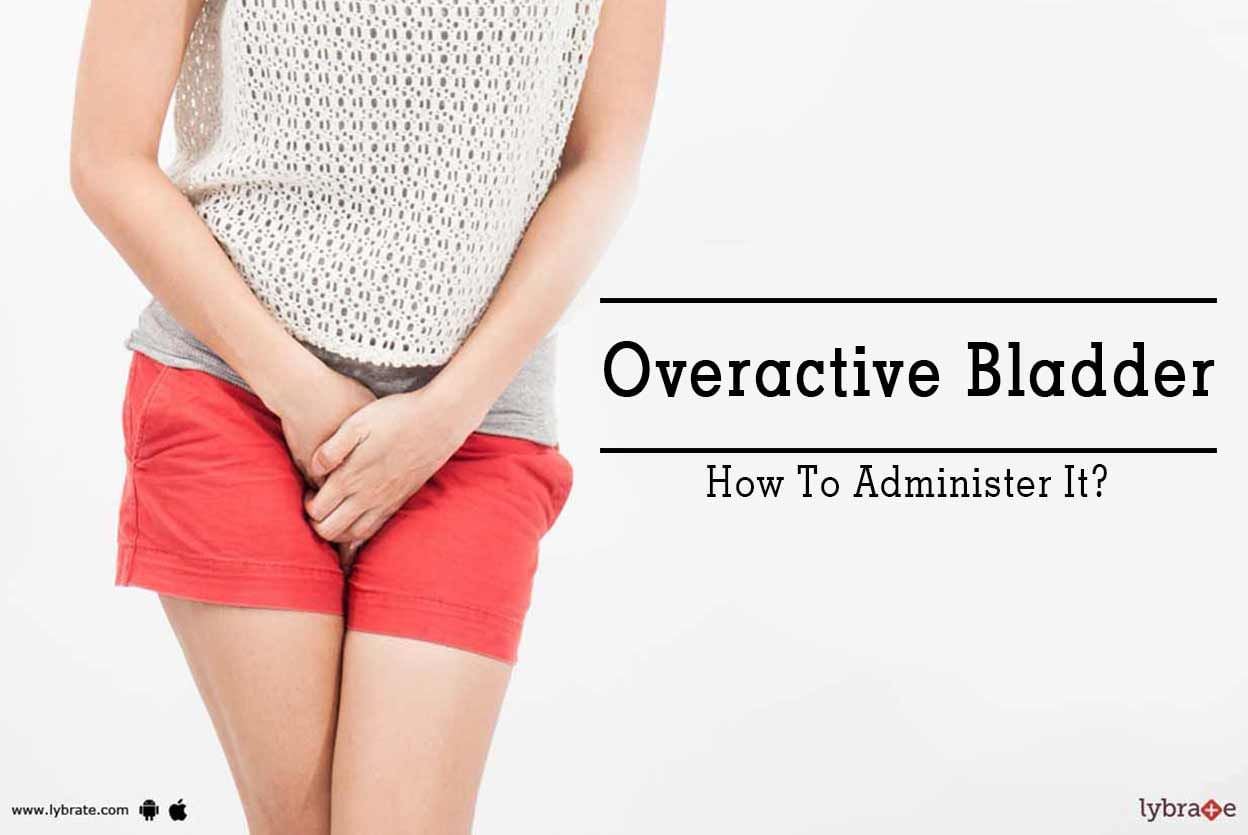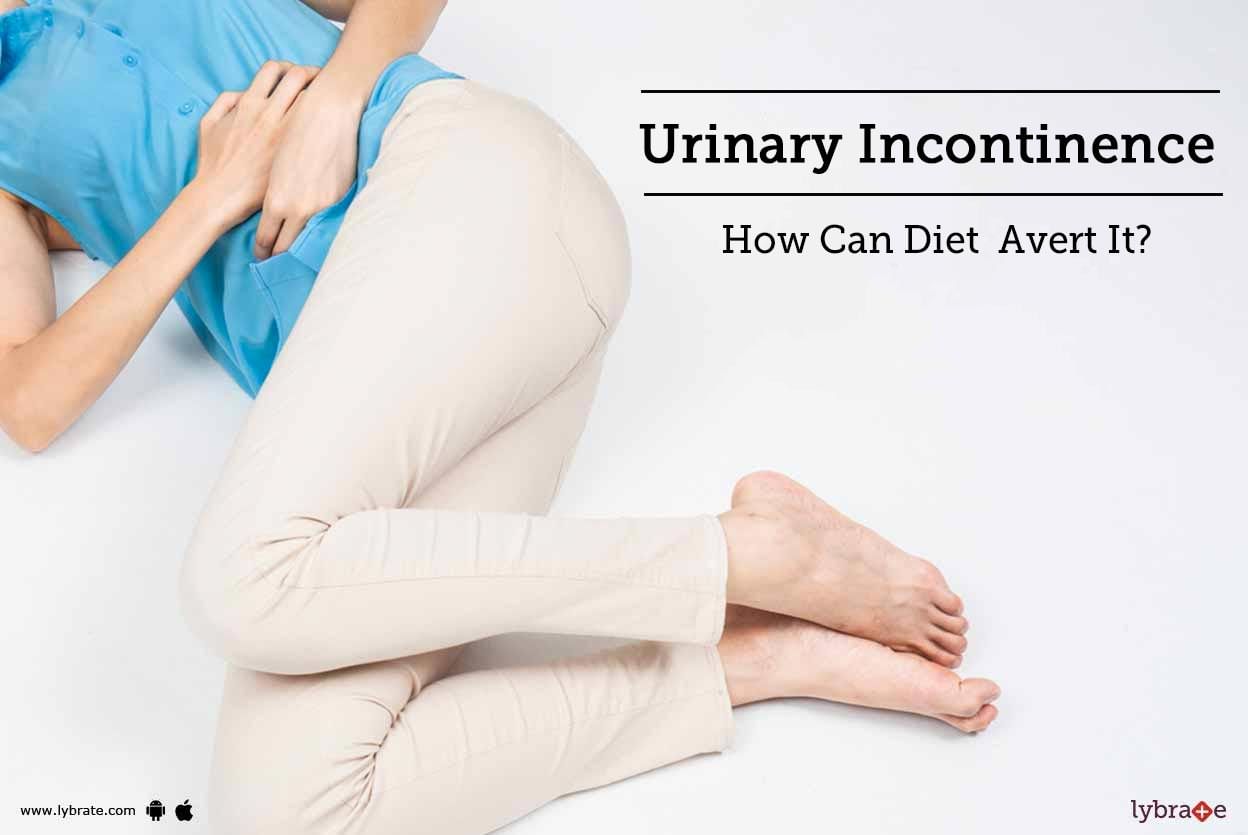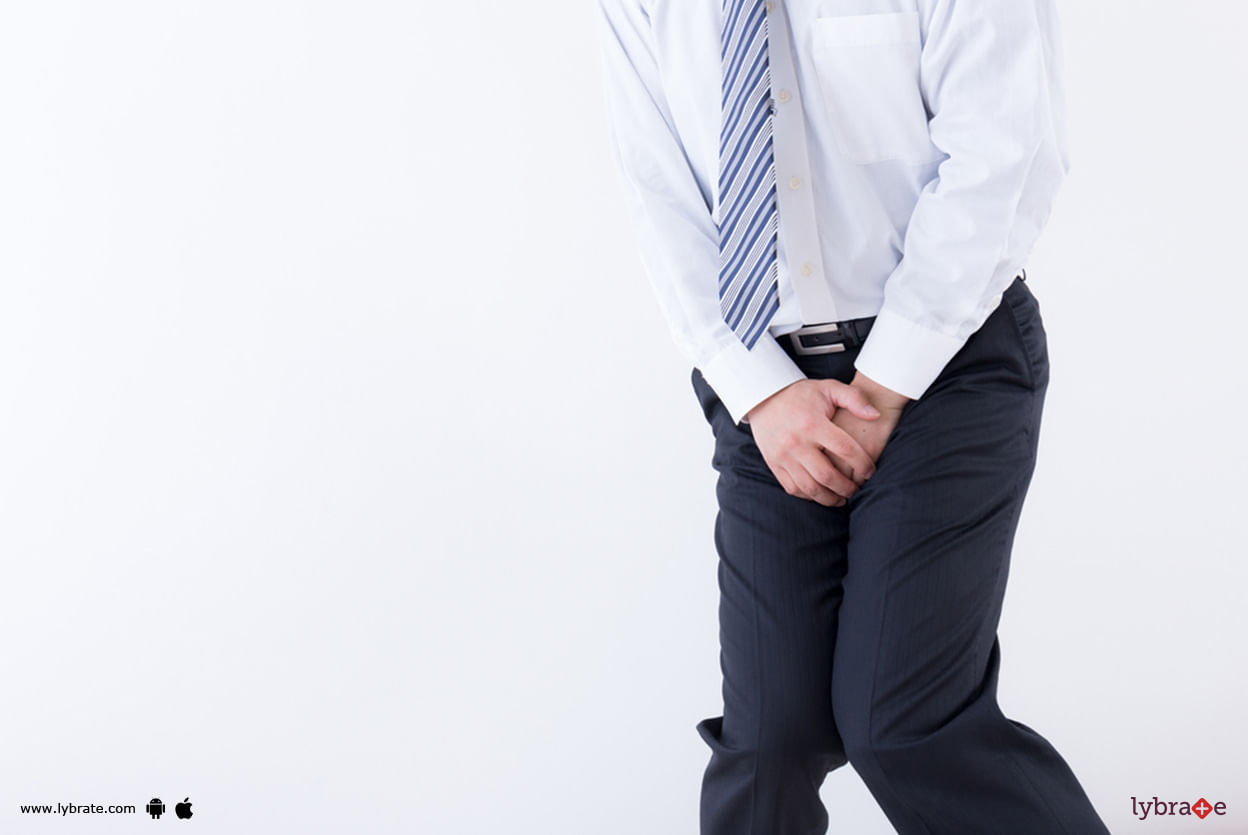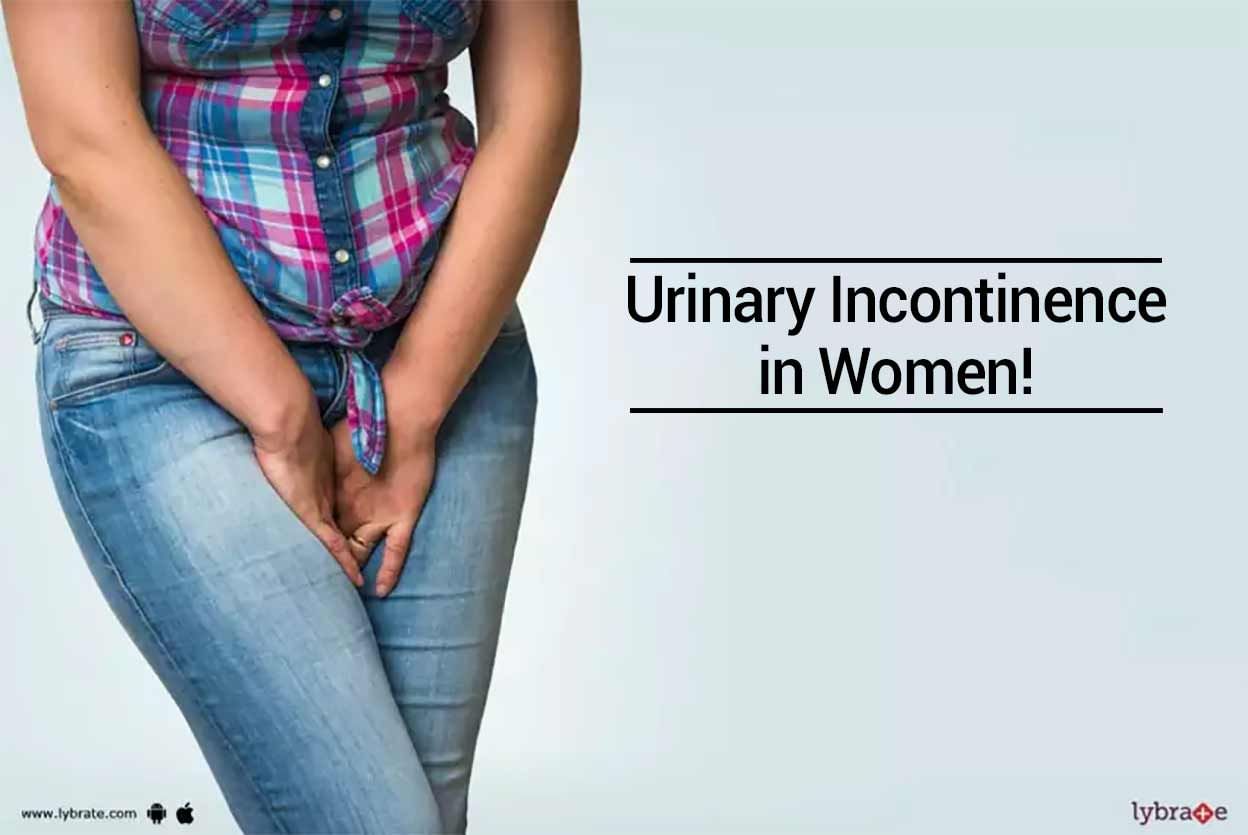Get the App
For Doctors
Login/Sign-up
Health Feed
Find Doctors
Health Packages
AllQ&AsTipsQuizzes
Urine Leakage Tips
Last Updated: 5 years ago• Featured Tip
Share
Bookmark
Report
A large number of women visit the doctor for common ailments like involuntary urination or incontinence, which occurs due to the weakening of the sphincter muscles around the urethra. An overactive bladder is an embarrassment as well as an annoying condition and it comes in forms like urinary urgency, urge incontinence, nocturia and frequency. Yes, there are solutions to this problem and the main solution that can be adapted is a change in lifestyle.
Imperative tips to follow to treat a...more
Imperative tips to follow to treat a...more
Last Updated: 6 years ago• Featured Tip
Share
Bookmark
Report
While certain health conditions cause physical trauma, there are conditions that cause mental trauma as well. One such problem is urinary incontinence that causes embarrassment in the sufferer. Urinary incontinence is a clinical condition where there is a loss of bladder control which invariably leads to accidental leakage of urine. An individual suffering from this condition may feel an urgent need to pass urine right before passing a significant amount of urine.
The severity of the co...more
The severity of the co...more
Last Updated: 6 years ago• Featured Tip
Share
Bookmark
Report
It is an extremely embarrassing situation to have a bladder leakage. Social life could be altered, with reduced socialising for fear of losing control in the presence of others. Though not discussed frankly, it is an extremely common issue and about 25 million people in the United States suffer from this, with 75% of these being women.
Treatment depends on the type of incontinence, such as stress, urge, overflow, functional, or mixed. It starts with the least invasive methods like lifes...more
Treatment depends on the type of incontinence, such as stress, urge, overflow, functional, or mixed. It starts with the least invasive methods like lifes...more
Last Updated: 6 years ago• Featured Tip
Share
Bookmark
Report
Urinary incontinence refers to a condition where an individual loses control of the bladder. UI is a common, distressing problem, which can largely affect your quality of life. A number of factors could be causing urinary incontinence stress, obesity, or simply coughing/sneezing. The chances of developing UI increase with age.
PRP for Urinary Incontinence -
Platelet Rich Plasma or PRP treatment offers viable, safe management for urinary incontinence in people. It belongs to the br...more
PRP for Urinary Incontinence -
Platelet Rich Plasma or PRP treatment offers viable, safe management for urinary incontinence in people. It belongs to the br...more
Last Updated: 6 years ago• Featured Tip
Share
Bookmark
Report
A large number of women visit the doctor for common ailments like involuntary urination or incontinence, which occurs due to weakening of the sphincter muscles around the urethra. An overactive bladder is an embarrassing as well as an annoying condition and it comes in forms like urinary urgency, urge incontinence, nocturia and frequency. Yes, there are solutions to this problem and the main solution that can be adapted is a change in lifestyle.
Imperative tips to follow to treat an ove...more
Imperative tips to follow to treat an ove...more
Last Updated: 6 years ago• Featured Tip
Share
Bookmark
Report
A common problem that is not restricted to older people is urinary incontinence, and many are not aware that behavioral strategies play an important role in controlling urinary incontinence. These include alterations in the diet, urinary habits, and lifestyle changes.
The required changes and alterations to be made are entirely dependent on the individual conditions of the patient. However, these are the most common tips as far as the diet to overcome urinary incontinence is concerned:<...more
The required changes and alterations to be made are entirely dependent on the individual conditions of the patient. However, these are the most common tips as far as the diet to overcome urinary incontinence is concerned:<...more
Last Updated: 6 years ago• Featured Tip
Share
Bookmark
Report
What is Urinary Incontinence?
Urinary incontinence is the unintentional discharge of urine. Urinary incontinence may manifest itself in different forms. This may include an overactive bladder, mixed or transient incontinence.
Causes of Incontinence-
Incontinence may be a result of weakened or damaged pelvic floor muscles or an obstruction in the bladder. It most often occurs in women after pregnancy and menopause. Rapid weight gain or a genetic pre-disposition can increase ...more
Urinary incontinence is the unintentional discharge of urine. Urinary incontinence may manifest itself in different forms. This may include an overactive bladder, mixed or transient incontinence.
Causes of Incontinence-
Incontinence may be a result of weakened or damaged pelvic floor muscles or an obstruction in the bladder. It most often occurs in women after pregnancy and menopause. Rapid weight gain or a genetic pre-disposition can increase ...more
Last Updated: 6 years ago• Featured Tip
Share
Bookmark
Report
Many women experience stress incontinence during some time of their pregnancy or post-pregnancy. The experience of incontinence varies from woman to woman and it is caused due to stretching of muscles and tissues that support the uterus, bladder and womb. It is also caused due to the weight of the growing baby in the womb as well as due to hormones. The tissues and muscles mainly represent the pelvic floor and on the birth of a baby, these pelvic floor muscles get stretched even more.
W...more
W...more
Last Updated: 6 years ago• Featured Tip
Share
Bookmark
Report
Urinary incontinence refers to the inability to control bladder movements. While it does not affect the person s health, it can be an embarrassing condition. The severity of this condition can range from passing small amounts of urine every time you sneeze or cough, to getting a sudden strong urge to urinate without the time to get to a toilet. Urinary incontinence is not a disease by itself but rather is a sign of another underlying condition. It may be caused as a result of childbirth, age, me...more
Last Updated: 6 years ago• Featured Tip
Share
Bookmark
Report
Involuntary and sudden urine loss in women is termed as urinary incontinence. Some of the contributory factors to urinary incontinence are menopause, pregnancy and childbirth.
Types:
There are seven types of urinary incontinence.
Stress incontinence: If normal physical movements like sneezing, coughing and exercising cause small amounts of urine to leak out, it is called 'stress incontinence'.
Urge incontinence: If large amounts of urine leak out during unexpected and a...more
Types:
There are seven types of urinary incontinence.
Stress incontinence: If normal physical movements like sneezing, coughing and exercising cause small amounts of urine to leak out, it is called 'stress incontinence'.
Urge incontinence: If large amounts of urine leak out during unexpected and a...more
Book appointment with top doctors for Urine Leakage treatment
View fees, clinic timings and reviews
Ask a free question
Get FREE multiple opinions from Doctors
posted anonymously


